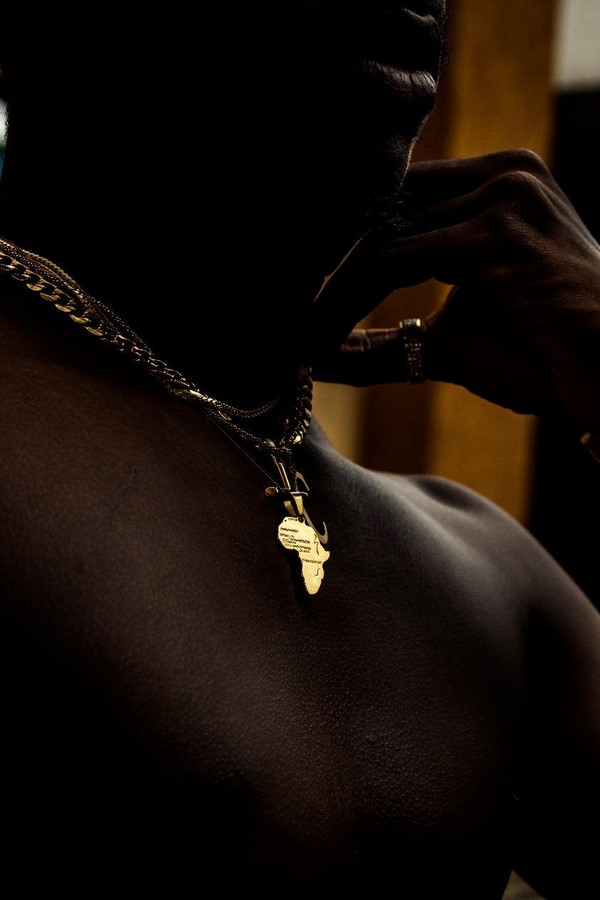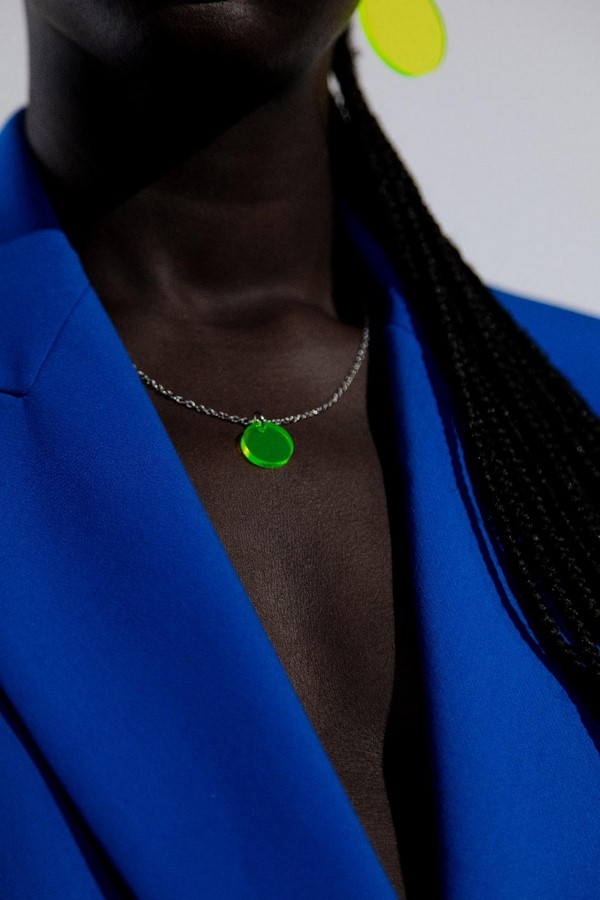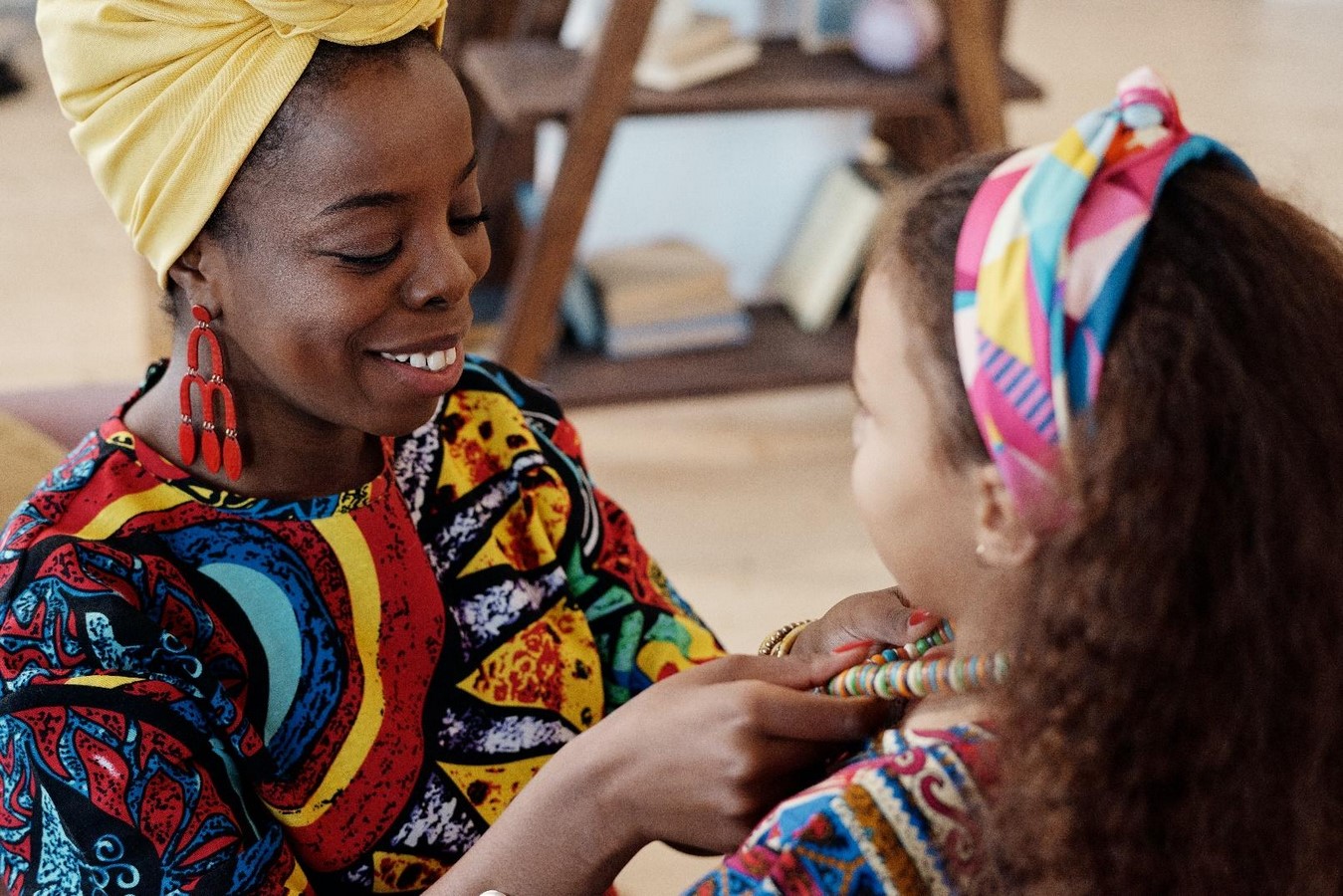Africans have long been pillaged for their vast natural resources, materials, and cultural treasures, first by empires and afterward by artists like Pablo Picasso and Suzanne Belperron seeking creative inspiration. Different societies around the world use jewelry as adornments and symbols of identity. Beyond simple ornamentation, African jewelry has a rich history and cultural significance. Since prehistoric times, African communities have relied heavily on jewelry as a social status, religious, and cultural identification indicator. Within this rich legacy, modern designers are adapting and innovating their designs.

Cultural significance of African jewellery
African jewelry is used for storytelling, identity explanations, status, and connections, carrying a deeply rooted cultural significance. Each item of jewelry is skillfully created and features symbols that represent specific meanings, identities, and definitions. It embodies a particular feature of African heritage, too. It has a rich cultural significance entwined with various African communities’ traditions, values, and beliefs. Each ethnic group has its distinctive jewelry-making methods, which highlights the richness and diversity of the continent’s cultural legacy. For instance, the Maasai tribe in Kenya and Tanzania, to express their cultural identity as well as their marital status, age, and social position, wear beaded jewelry (Giblin, 2018). Their jewelry features intricate designs, and vibrant, and vivid colors hues that pay homage to the tribe’s customs, ceremonies, and beliefs. Similar to this, the Yoruba people of Nigeria have a long tradition of making crafted jewelry, especially with brass and gold metal. Their jewelry serves as a symbol of their strength, authority, and ancestry.
Moreover, religious and spiritual values are frequently reflected in African jewelry. Jewelry that is connected to spirituality and ancestry in many African civilizations uses particular materials and symbols. For instance, cowrie shells are used in African jewelry as a symbol of protection, fertility, and riches (Akagbosu, 2015).

Roles of African jewellery in traditional ceremonies
As jewelry is considered the most significant component of cultural rites, it serves as a visual representation of cultural values and traditions. African traditional ceremonies would never be completed. Jewelry is frequently worn during important life events like birth, marriage, and death. Elaborate necklaces, bracelets, and earrings are worn during these life-wedding events as a signature of love, comradery, and commitment. Moreover, young girls are decorated with brass necklaces and waist beads during initiation ceremonies in the Senufo culture of Côte d’Ivoire to represent their journey into womanhood (Ziegler, 2009).
In African weddings, jewelry is also exchanged as a sign of affection, fidelity, and social standing. In the Yoruba culture of Nigeria, the groom gives the bride beautiful beadwork known as “ileke” as a token of their union and her new status as his wife (Ogunleye, 2016). African jewelry also demonstrates the expertise and talent of the artists who make these magnificent items thanks to their complex craftsmanship and careful attention to detail.

Contemporary trends in African jewellery design
Although contemporary designers have been embracing innovation and adjusting to modern aesthetics, African jewelry has strong roots in tradition. These designers are fusing the old and the new by combining conventional methods and materials with modern and contemporary design trends. They are not only maintaining the traditional legacy but also opening up African jewelry to a larger market by.
While keeping traditional workmanship, modern African jewelry designers are rapidly experimenting with new materials. For instance, Nigerian designer Adele Dejak uses reclaimed brass and eco-friendly supplies to make one kind of jewelry piece that appeals to contemporary and modern buyers (Adele Dejak, n.d.).
In addition, African jewelry designers include narrative and personal components and items in their work. They want to help people connect with their roots by capturing the spirit of African culture and history in their designs. Designers from Kenya like Ami Doshi Shah infuse traditional African themes and proverbs with modern aesthetics to produce jewelry. (Ami Doshi Shah, n.d.).
Contemporary jewelry designers are not just keeping the past, but also reimagining and reshaping it in freshly modern ways. Designers are giving their works of art a feeling of modernism and sustainability by blending traditional materials like beads, shells, and precious stones with unusual elements like recycled metals and glass. This demonstrates both the importance of preserving cultural traditions and a growing environmental consciousness.

Conclusion
African jewelry expresses cultural heritage, identity, status, and social position in addition to being a statement of fashion. Its integral part in ritualistic celebrations gives it great cultural significance and reflects the continent’s rich history as well. The importance of it in customary rituals and how contemporary designers have adapted it demonstrate how versatile African jewelry is. Modern African jewelry designers are evolving and innovating to produce unique pieces that combine traditional artistry with contemporary aesthetics. This ongoing growth makes sure that African jewelry is still valued and relevant in modern society. Both Africans and the rest of the world can appreciate the beauty and richness of culture that African jewelry represents by learning about embracing this ancient history.
References:
Akagbosu, C. (2015). The Symbolism of Cowrie Shells in African Jewelry. Retrieved from https://www.hihosilver.com/blog/the-symbolism-of-cowrie-shells-in-african-jewellery/
Giblin, J. (2018). The Power of African Beadwork. Retrieved from https://www.metmuseum.org/blogs/collection-insights/2018/power-of-african-beadwork
Loughran, K. (2003). Jewelry, Fashion, and Identity: The Tuareg Example. African Arts, 36(1), 52–93. http://www.jstor.org/stable/3337992
Mickelsen, N. R. (1976). Tuareg Jewelry. African Arts, 9(2), 16–80. https://doi.org/10.2307/3335011
Ogunleye, O. (2016). Yoruba Traditional Wedding Beads: The Ileke Idi. Retrieved from https://africaisdonesuffering.wordpress.com/2016/06/30/yoruba-traditional-wedding-beads-the-ileke-idi/
Ziegler, K. (2009). African Art and Agency in the Workshop. Retrieved from https://www.metmuseum.org/exhibitions/listings/2009/african-art-and-agency-in-the-workshop















